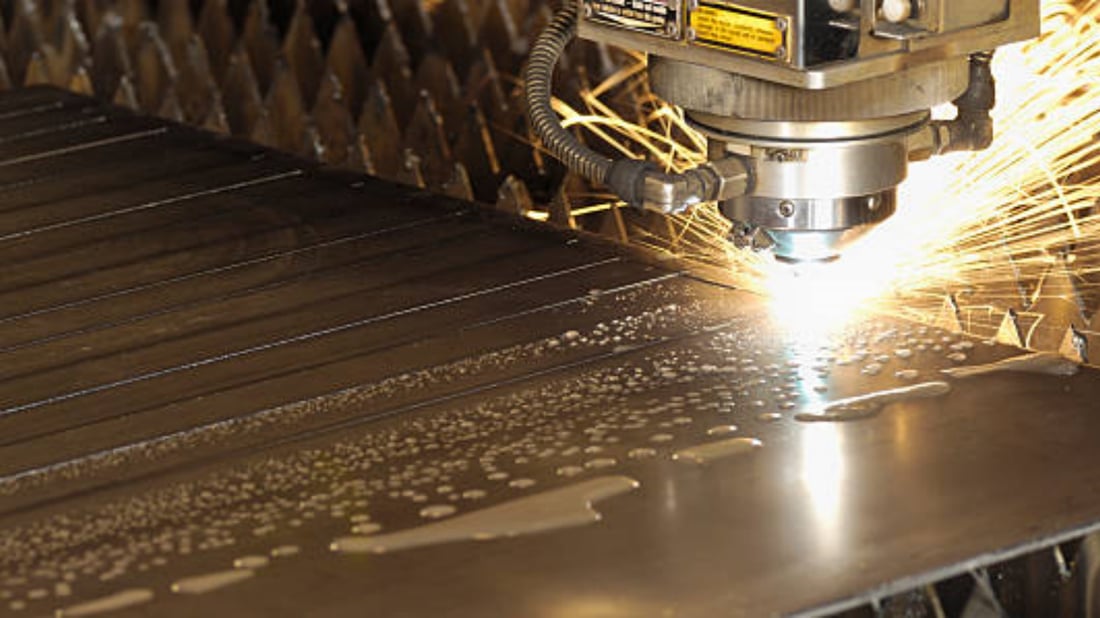Introduction
When it comes to laser cutting, there are various techniques and terms that may be unfamiliar to those outside the industry. One such term is the "bevel cut." In this article, we will explore what a bevel cut is in laser cutting and its applications. We will delve into the process, benefits, and limitations of bevel cutting, providing you with a comprehensive guide to this technique.
Understanding Bevel Cut
Before we dive into the details of bevel cutting, let's start with a basic definition. A bevel cut refers to the process of cutting material at an angle other than 90 degrees. In laser cutting, this technique involves tilting the laser beam, resulting in a sloped edge instead of a straight vertical cut.
Applications of Bevel Cut
The bevel cut technique finds its application in various industries. Here are a few examples:
1. Automotive Industry
Bevel cutting is commonly used in the automotive industry for precision cutting of components such as exhaust systems, chassis, and body panels. The bevel cut allows for seamless welding and improves the overall structural integrity of the parts.
2. Aerospace Industry
In the aerospace industry, bevel cutting is utilized for manufacturing aircraft parts, including engine components, brackets, and frames. The angled edges created by bevel cutting facilitate the joining of these parts, ensuring a secure and robust connection.
3. Architecture and Metal Fabrication
Architectural designs often require complex shapes and contours in metalwork. Bevel cutting enables the creation of intricate designs, decorative elements, and joints in metal structures, providing both aesthetic appeal and structural strength.
The Process of Bevel Cutting
The process of bevel cutting involves several steps:
1. Material Preparation
Before initiating the bevel cut, the material to be cut is prepared by cleaning and positioning it securely on the laser cutting machine. Proper material preparation ensures accurate and precise cutting.
2. Laser Beam Angle Adjustment
The laser beam angle is adjusted to the desired angle for the bevel cut. This adjustment can be made manually or using computer numerical control (CNC) systems, depending on the complexity of the cut.
3. Laser Cutting
Once the laser beam angle is set, the cutting process begins. The laser beam follows the programmed path, melting or vaporizing the material along the beveled edge. The result is a clean and precise bevel cut.
Benefits of Bevel Cutting
Bevel cutting offers several advantages over traditional straight cutting techniques:
1. Enhanced Welding Capability
The sloped edge created by bevel cutting allows for improved penetration during welding. This results in stronger and more reliable welds, particularly in materials with greater thickness.
2. Improved Aesthetic Appeal
Bevel cuts can add a visually appealing touch to various applications. Whether it's a decorative metalwork piece or an architectural structure, the beveled edges can enhance the overall aesthetics of the finished product.
3. Increased Structural Strength
The angled edge created by bevel cutting distributes stress more evenly across the material. This enhances the structural integrity of the cut components, making them less prone to deformation or failure.
Limitations of Bevel Cutting
While bevel cutting offers numerous advantages, it also has some limitations:
1. Increased Processing Time
Bevel cutting involves additional steps and adjustments, which can increase the overall processing time compared to straight cutting. This factor should be considered in time-sensitive projects.
2. Material Thickness Constraints
The angle of bevel cutting is limited by the thickness of the material being cut. Thicker materials may require multiple passes or other cutting techniques to achieve the desired bevel angle.
Conclusion
Bevel cutting is a versatile technique in laser cutting that offers several benefits in various industries. From enhancing welding capabilities to improving the aesthetics and structural strength of components, bevel cutting plays a crucial role in creating precise and high-quality cuts. While it may have some limitations, its applications and advantages make it an invaluable tool for many manufacturers and fabricators.

